The A-10 Thunderbolt II is a low-altitude attack support aircraft of the United States Air Force. It is best known for its nose-mounted 30mm GAU-8 Avenger cannon, designed to fire depleted uranium armor-piercing rounds.
This is an aircraft designed specifically for the US Air Force to support infantry forces by attacking tanks, armored vehicles and other ground targets, as well as being used to attack and prevent enemy reinforcements. The A-10 "Thunderbolt II" is the first aircraft of the US Air Force specifically designed for close air support missions.
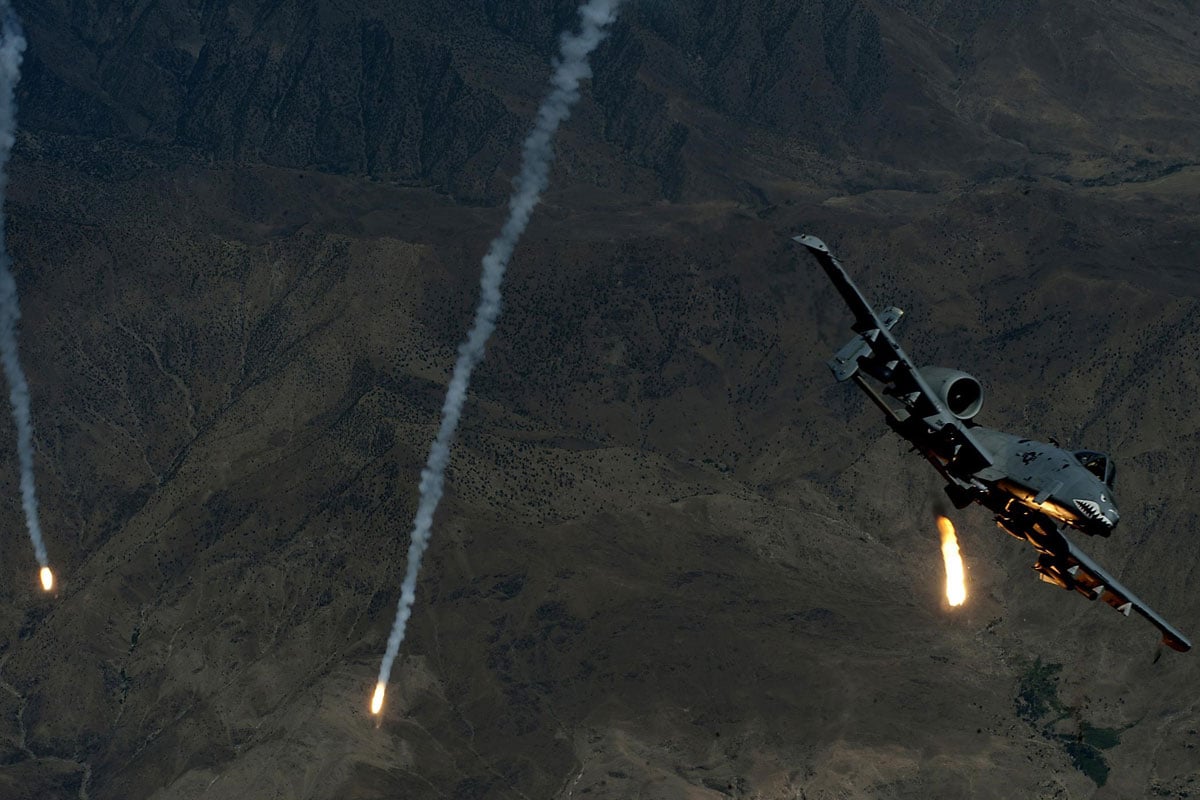
The A-10 Thunderbolt II is a low-altitude attack aircraft of the United States Air Force.
The A-10 Thunderbolt II has excellent maneuverability at low speeds and altitudes, making it a highly accurate and survivable attack aircraft. Its wide combat radius and short take-off and landing capabilities allow it to operate in locations close to the front lines.
The A-10 Thunderbolt II is equipped with a Night Vision Imaging System (NVIS) and a single-seat cockpit compatible with night vision goggles. The pilot is also protected by titanium armor, which also protects part of the flight control system.
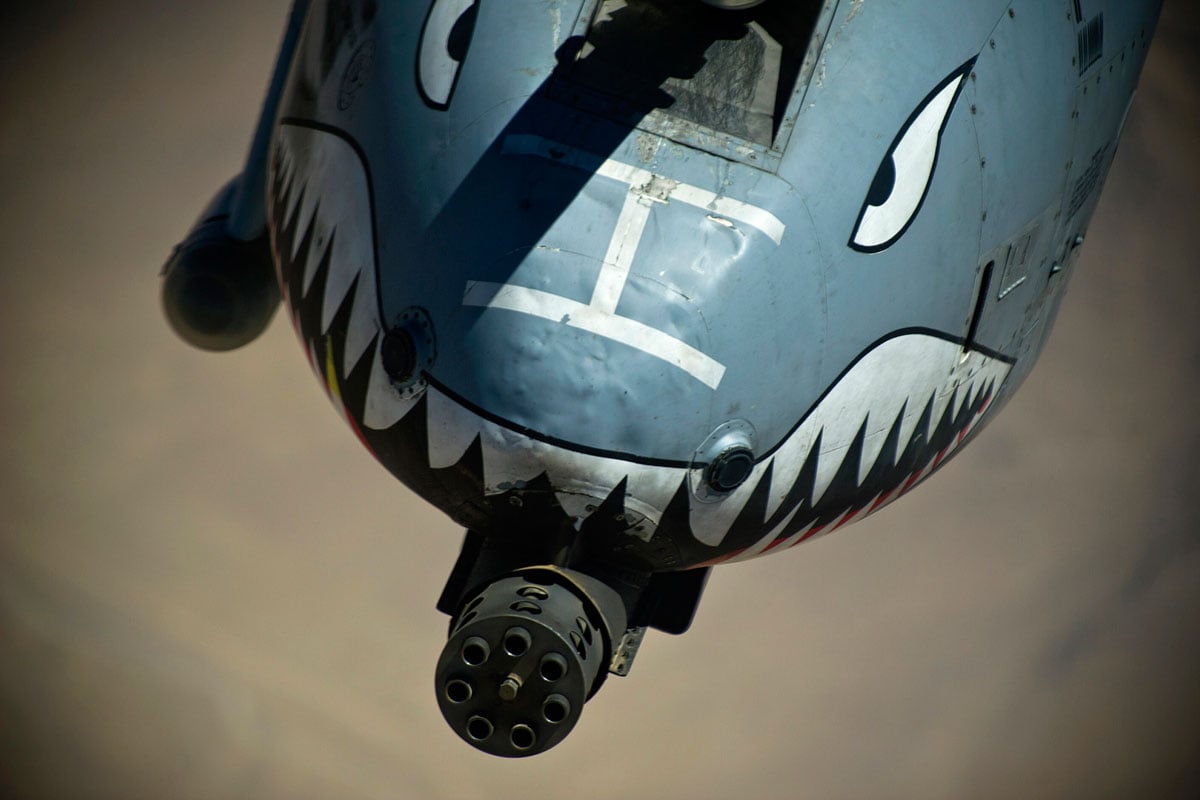
The "A-10 Boar" is most famous for its nose-mounted 30mm GAU-8 Avenger cannon.
The A-10 Boar can withstand direct hits from armor-piercing and incendiary rounds up to 23mm. Hermetically sealed fuel tanks are protected by internal and external foam. The hydraulic flight control system is backed up by a mechanical system, allowing the pilot to control and land the aircraft even if hydraulic power is lost.
The A-10 Thunderbolt II has undergone many upgrades over the years. In 1980, the A-10 began receiving an inertial navigation system. Later, the Low Altitude Targeting and Safety Enhancement (LASTE) upgrade provided computerized weapons aiming, autopilot, and ground collision warning.
In 1999, the aircraft began receiving GPS navigation systems and new multi-function displays. By 2005, the entire A-10 fleet began receiving Precision Strike upgrades, including improved fire control systems, electronic countermeasures, upgraded cockpit displays, smart bomb drop capabilities, mobile map displays, and more. All A-10s are now Precision Strike upgraded and are designated A-10C.
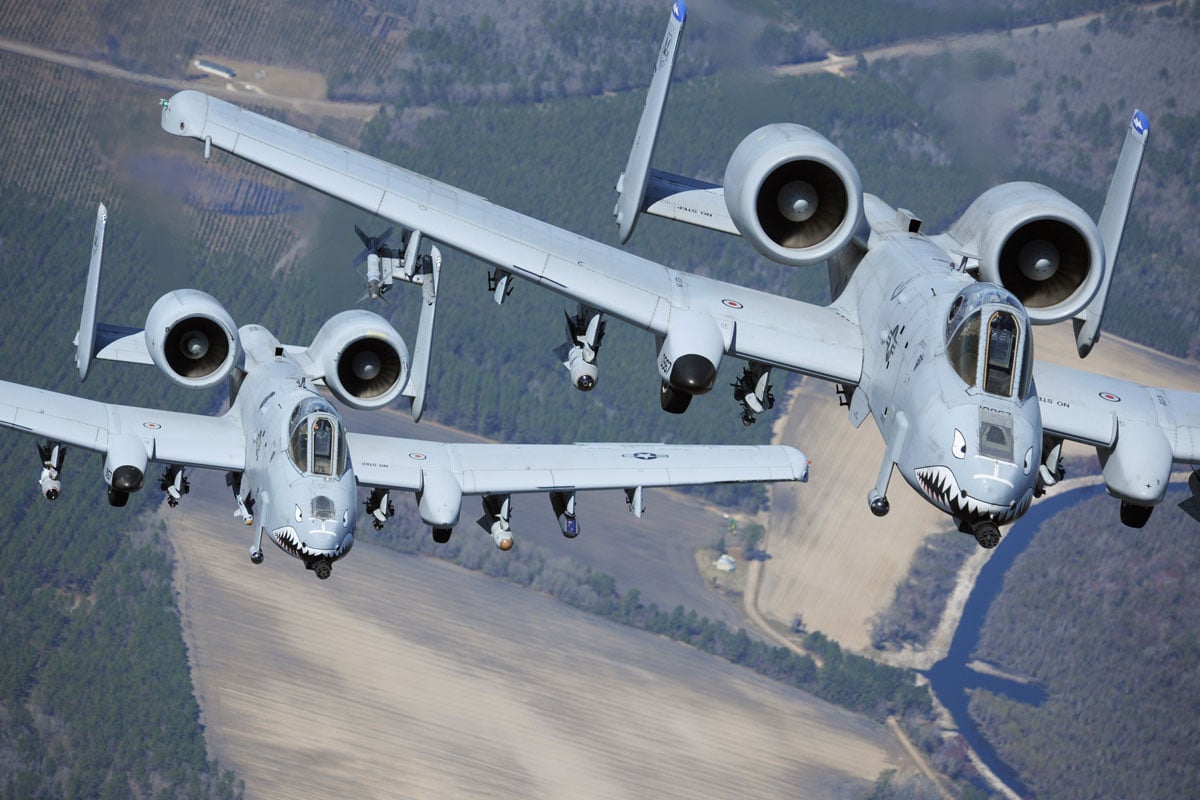
Thunderbolt II can use a variety of weapons.
Another great thing about the Thunderbolt II is that it can be maintained and operated from temporary bases near combat zones with limited infrastructure. Many parts of the aircraft are interchangeable between the left and right sides, including the engines, main landing gear and vertical stabilizers.
Thunderbolt II can use a variety of conventional weapons, including cluster bombs, laser-guided bombs, precision bombs (JDAM), AGM-65 Maverick air-to-ground missiles, AIM-9 Sidewinder short-range air-to-air missiles, rockets, etc. In particular, the nose of the "A-10 Boar" is equipped with a GAU-8/A anti-tank gun with a firing rate of up to 3,900 rounds per minute to destroy many different targets, including tanks.
The first production A-10A was delivered to Davis-Monthan Air Force Base, Arizona, in October 1975. The upgraded A-10C achieved initial operational capability in September 2007. Specifically designed for the close air support mission, the combination of versatile weapons load, long flight time, high accuracy, field base capability, and high survivability has proven the A-10 Warthog's immense value.
The Hai (According to Military)
Source: https://www.nguoiduatin.vn/suc-manh-dang-ne-cua-lon-loi-a-10-thunderbolt-ii-204240922214020895.htm




















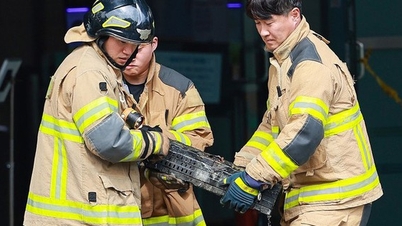





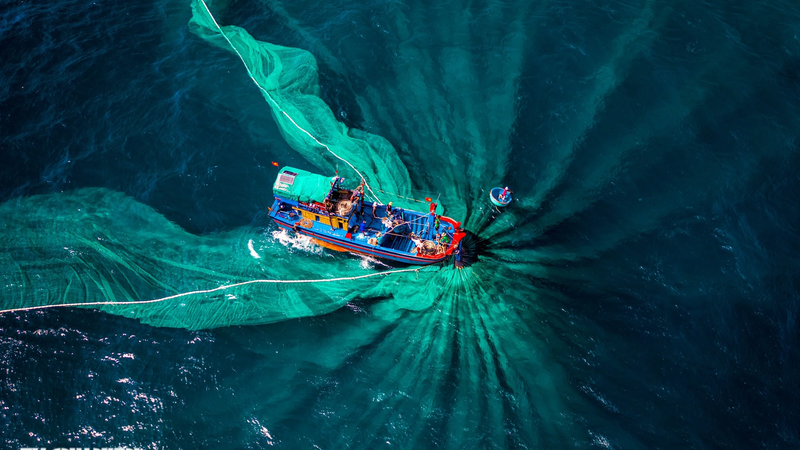




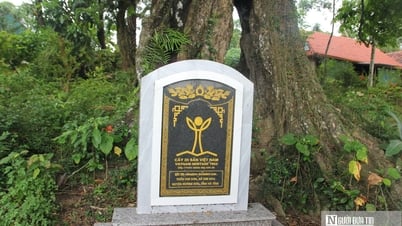






























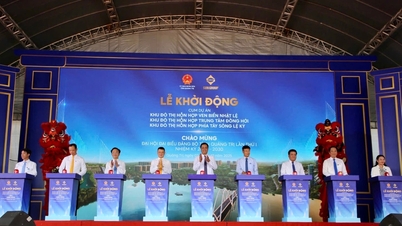


























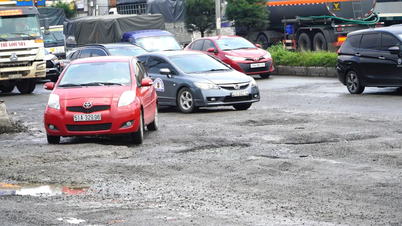















Comment (0)